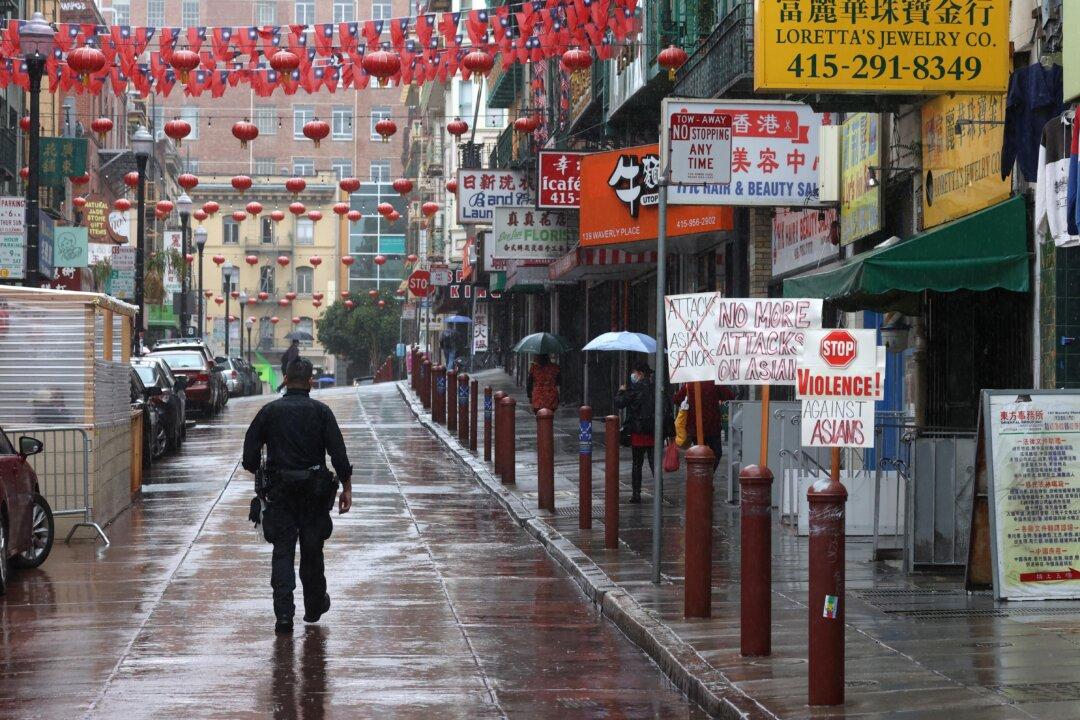The notion that white supremacists are responsible for violent attacks on Asians falls apart under scrutiny, according to a political science researcher who collected and analyzed a database of such attacks.
Wilfred Reilly, assistant professor at Kentucky State University, collected publicly available information on about 100 attacks on Asians reported in the media in the past 14 months or so.





